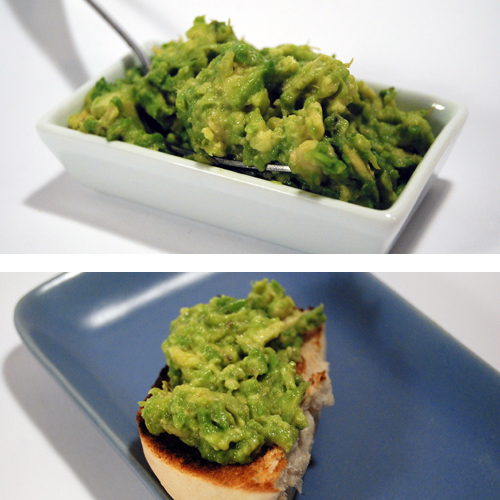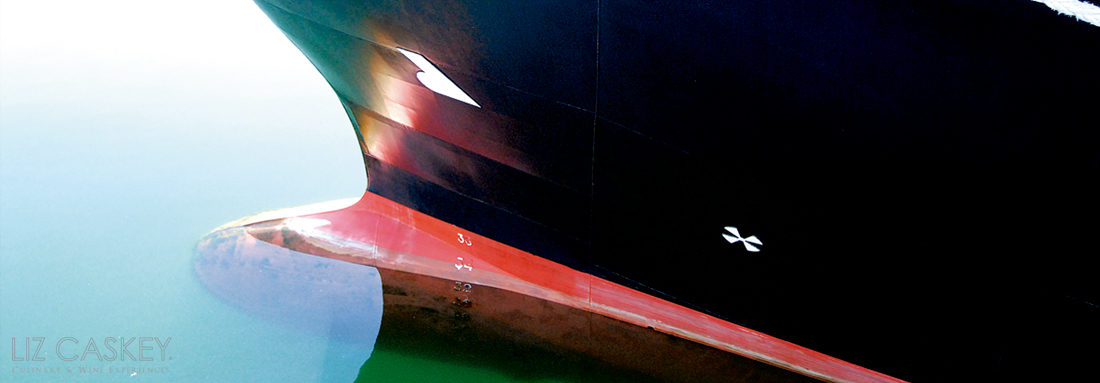
Having grown up on the East Coast, when I arrived in Chile, my idea of an avocado was a precious treasure racking up US$2-3 per UNIT, usually bought as hard as a rock and left to ripen in a brown paper bag before being turned into, well, guacamole. What else did you do with it?
In Chile, I was soon indoctrinated into a world of avocado that stretched far beyond the Hass and into a plethora of recipes and uses. Palta, as Chileans call them, is as ever-present as the bread, butter, and pebre found on every table. According to the Avocado Committee president, Adolfo Ochagavía, in 2007 Chileans per capita consumed 5 kilos (11 pounds) of avocado. I would be willing to bet if they recalculated that in the Central Valley, it would double. In our home alone, a kilo (2.2 pounds) of avocados barely lasts a week.
Appropriately referred to as “green gold,” palta is everywhere: mashed with sea salt on toast at breakfast or tea time; piled high on completos, lomitos, hamburgers, sandwiches, crackers, and even McDonald’s Big Mac; chopped in ceviche; sliced and served with the classic tomato and hearts of palm salad or celery; made into ice cream and smoothies; served as creamy, chilled soup in the summer; filled with seafood as an elegant appetizer; and of course, the infamous guacamole.
Given Chile’s Mediterranean climate in the Central Valley, the agricultural areas north, south, and west of the capital produce no less than 10 varieties of avocado whose crops rotate throughout the year. Over the years of shopping at the Vega, my avocado casero, Gabriel, has taught me all there is to know about avocados—from the seasons to the tastes and recipe suggestions and the fundamentals of selecting avocados and maturing them. Now, I want to share this with you guys.
Avocado Selection
Rule 1: Avocados bruise easily and are highly perishable
People, let’s treat them with a little love and dignity. Please, please, please, don’t root through a pile of avocados like they’re potatoes. It is fine to search for the perfectly ripe avocado but with care. Avocados are somebody’s inventory!
Rule 2: To check for maturity, don’t poke it
Poking the flesh with your fingers is a sure fire way to a) bruise the avocado and cause black marks b) get an improperly matured avocado with a mushy exterior and hard-as-a-rock pit. The correct way is to gently take the whole avocado in the palm of your hand and lightly squeeze it, lightly being the key word here. Instead of getting a spot check, you will feel the maturity of the whole fruit. A ripe avocado will feel firm (not hard) yet with a soft, slight give (not mushy).
Rule 3: Inspect the goods
As you are choosing your avocados, independent of the variety and color, look for unblemished, smooth skin. Just like our cutis, it is the sign of a healthy avocado. If you see any indentations, or in the case of green avocados, black marks, this is a sure sign of bruising. Most likely the avocado on the inside will be past its prime and could even be mealy. In Chile, many hot dog and sandwich venues swoop down on these and pay half price, since they cut out the bad parts and mash it up. However, I would not advise doing this as you can get burned.
Rule 4: Buy for today, Buy for tomorrow
Since I go to market once a week, I have had to learn how to not only buy ripe avocados to eat that day, but to also select them for 2, 3, 4 days and the rest of the week. Using the technique above, once you have found your perfect avocado, buy however many you need moving away from the “soft give” to a harder avocado. Let’s say you go to market on Saturday and you want that last avocados on Thursday and Friday; then buy those hard and they will mature during the week.
Rule 5: Home safe home
This may be redundant, but once you have procured the perfect (ripe) avocados, guard them with your life. Things get busy at market. You may get overly excited by all the abundance of produce, colors, smells, cheese. Oh, wait, that’s me. Please don’t forget and put the avocados under the lemons, potatoes, two pounds of oranges, and expect them not to get squashed. After several incidents of inadvertently flattening an avocado (btw, toast is the only option at that point), I now put them in my purse, special “non-squishables” bag, or keep them in sight at all times. Obsessive? Have it happen once and let me know.
Rule 6: Maturing Avocados
Interestingly enough, avocados do not start the ripening process until picked from the tree. There are a couple basic rules for ripening avocados. First, the perfectly ripe babies should go in the frig. You don’t want that precious flesh to go downhill. For those partially ripe and hard avocados, most of my caseros here agree that you should simply leave the avocados at room temperature (70F) in a cool, dark place away from the sun. The miracle of time will mature them over the course of 2-5 days depending on the initial hardness.
For those in a rush, you can speed up the ripening process by sticking the avocados in a brown paper bag (or newspaper in a pinch), placing them in a dark place, and keeping them at room temperature. If they are hard as a rock, they will still take a few days. However, it seems that if you put a brown banana in the bag the ethylene gas it gives off will speed along the process.
Tune in on Thursday for Part II where we will discuss all the varieties, seasons, flavors, textures, preparation, and uses.












